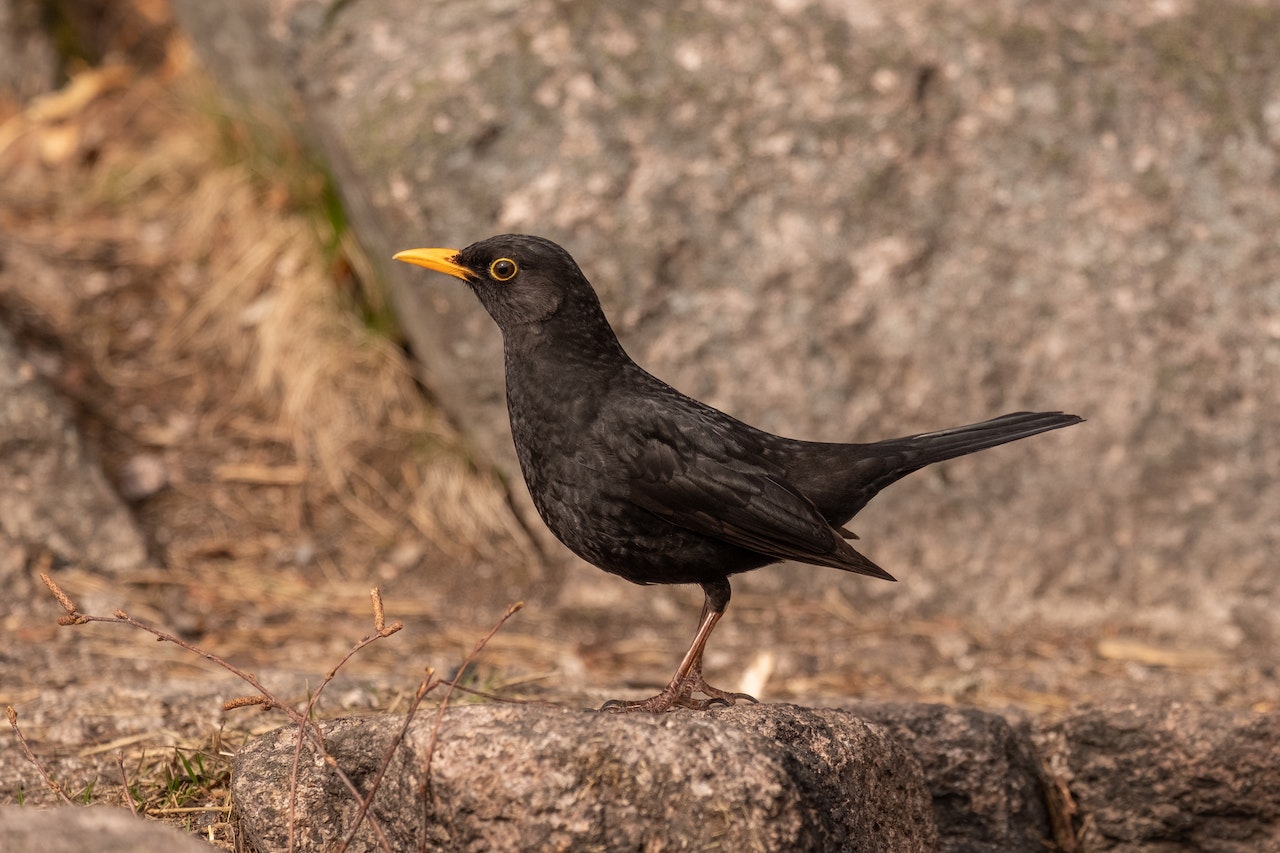It’s a captivating sight to witness a large flock of blackbirds gathering in your yard, creating a flurry of activity and a chorus of chirping. You may wonder what draws these birds together in such impressive numbers. The phenomenon of blackbirds congregating in massive flocks is a remarkable display of their cooperative behavior for food and protection.
1. Strength in Numbers: Cooperative Behavior of Blackbirds
Unlike some birds that prefer to migrate alone or in small groups, blackbirds find strength in numbers. The cooperative behavior exhibited by these birds is an essential survival strategy that offers several advantages.
2. Cooperation for Finding Food
One of the primary reasons blackbirds gather in large flocks is to find food efficiently. The collective effort allows them to scour vast areas, such as fields, backyards, and parking lots, for various food sources. They have a diverse diet that includes insects, seeds, fruits, and grains, which they forage for both on the ground and in trees.
When a substantial flock of blackbirds descends upon your yard, they are likely in search of food that has attracted their attention. Their synchronized movements and vigilant scanning of the area enable them to locate and capitalize on food sources more effectively than they could individually.
3. Safety in Numbers: Protection from Predators
Another significant advantage of flocking together is enhanced protection from predators. By gathering in large numbers, blackbirds create a formidable defense against potential threats. When more eyes are on the lookout, the likelihood of detecting predators, such as hawks or other birds of prey, increases, giving them a better chance of avoiding danger.
Moreover, when a predator is spotted, blackbirds are quick to sound alarm calls, alerting the entire flock to take evasive action. The swift and coordinated response of the flock helps to confuse and deter the predator, making it harder for them to single out an individual bird for attack.
4. The Significance of Blackbird Flocks in the Ecosystem
The formation of large blackbird flocks has broader implications in the ecosystem. By consuming insects, they contribute to pest control in agricultural areas, helping to reduce crop damage. Additionally, their foraging habits contribute to seed dispersal, aiding in plant propagation and ecosystem diversity.
Conclusion
The presence of a huge flock of blackbirds in your yard is a testament to the fascinating cooperative behavior of these birds. They come together to ensure a steady supply of food and protection from potential dangers. The synchronized movements and coordinated responses within the flock exemplify the beauty and complexity of nature’s survival strategies.
Next time you observe these mesmerizing flocks, take a moment to appreciate the intricate dynamics at play, and recognize the vital role these blackbirds play in maintaining a balanced and thriving ecosystem.
FAQs (Frequently Asked Questions)
1. Why are there so many blackbirds in my yard all of a sudden? The sudden appearance of a large flock of blackbirds in your yard is likely due to their migratory behavior or their search for food and shelter. Blackbirds often travel in flocks during migration, which can result in a sudden influx of these birds in an area. Additionally, if your yard provides abundant food sources like insects, seeds, fruits, or grains, it can attract blackbirds from the surrounding areas, leading to a temporary gathering.
2. Should I be concerned about having a large number of blackbirds in my yard? Having a large flock of blackbirds in your yard is generally not a cause for concern. These birds are unlikely to cause significant damage to your property. Instead, they can be beneficial by helping to control insect populations and aiding in seed dispersal. However, if you notice aggressive behavior towards other bird species or potential damage to crops or plants, you may consider implementing measures like bird netting or scare tactics to encourage them to disperse.
3. How can I attract blackbirds to my yard for birdwatching purposes? To attract blackbirds to your yard for birdwatching, you can provide a variety of food sources that they enjoy, such as sunflower seeds, millet, cracked corn, and suet. A bird feeder or ground feeding area can be set up to offer these treats. Creating a bird-friendly habitat with trees, shrubs, and water sources will also entice them to visit your yard. Patience and consistent food offerings will likely attract these beautiful birds, offering you ample opportunities for observing their fascinating flocking behavior.

Leave a Reply